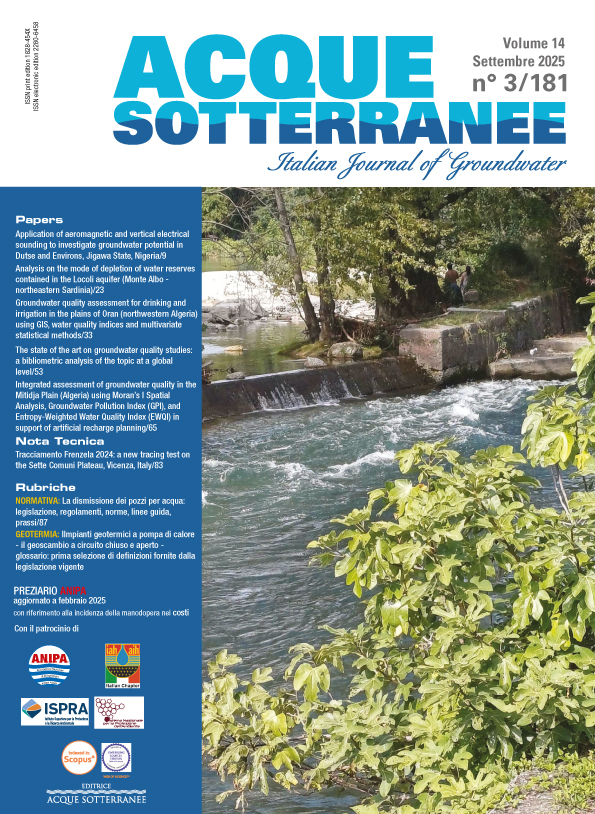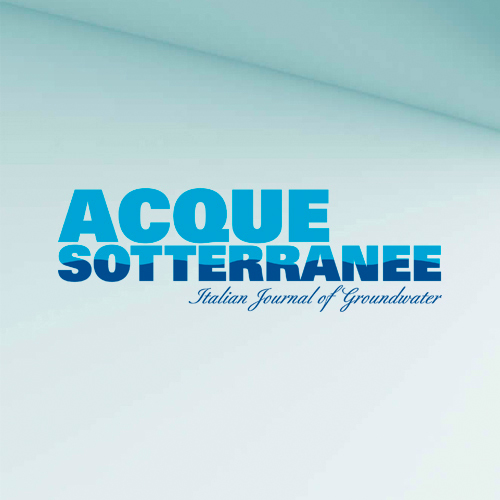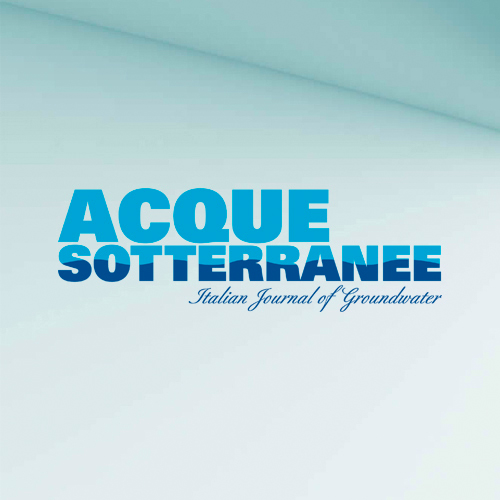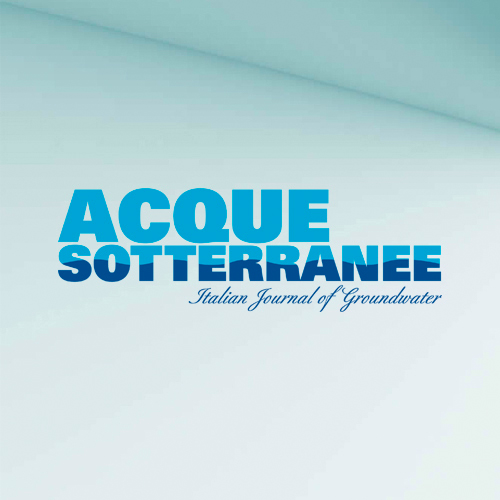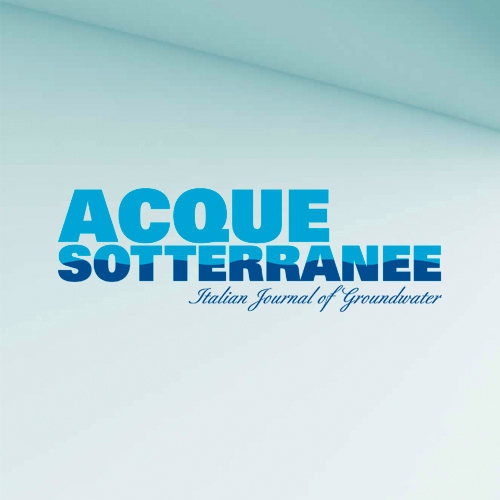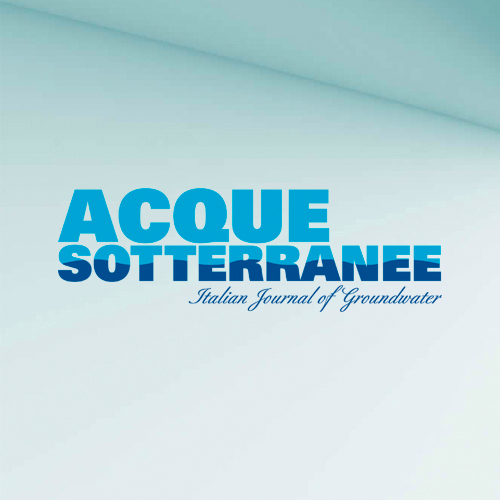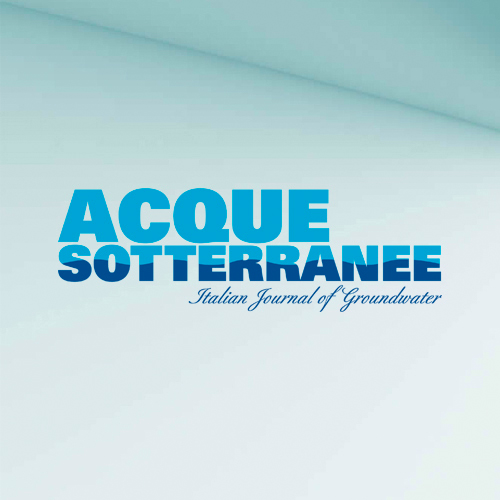The state of the art on groundwater quality studies: a bibliometric analysis of the topic at a global level
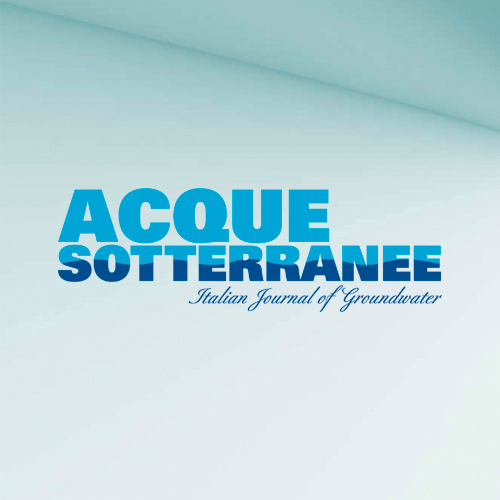
All claims expressed in this article are solely those of the authors and do not necessarily represent those of their affiliated organizations, or those of the publisher, the editors and the reviewers. Any product that may be evaluated in this article or claim that may be made by its manufacturer is not guaranteed or endorsed by the publisher.
Authors
Groundwater is a critical freshwater resource, particularly in regions where surface water availability is limited. This study presents a comprehensive systematic review of global groundwater quality research, aiming to map and analyze the most prevalent and emerging themes. A bibliometric analysis was conducted on articles published in English over the last 25 years (2000–2024) using the Scopus database. The analysis, performed with RStudio and the Bibliometrix package, initially included 1,686 publications. A clear upward trend in scientific production was observed, with the highest annual growth rate (60.9%) occurring in 2020 (140 articles). Before 2018, less than 60 articles were published annually. The leading journals in the field were Science of the Total Environment, Water, and Journal of Hydrology, with 80, 70, and 63 publications, respectively. The top contributing countries were China (1,201), India (1,006), the United States (572), and Iran (533), with Iran having the highest international collaboration rate (MCP_Ratio=0.42) and the greatest groundwater consumption. Cluster analysis and Sankey diagrams showed a significant increase in keywords linking “machine learning,” “groundwater,” and “water quality” after 2014. Prior to this, research focused primarily on the physicochemical characterization of groundwater and its environmental impacts. The results indicate a shift towards interdisciplinary methods, integrating geoprocessing, hydrological modeling, and statistical analysis, alongside growing connections to climate change, water management, and artificial intelligence.
Supporting Agencies
This study was funded by the Coordination for the Improvement of Higher Educational Personnel (CAPES Finance Code 001), Brazilian National Research Counsel (CNPq) and the Minas Gerais State Research Foundation (FAPEMIG APQ- 01011-22).How to Cite

This work is licensed under a Creative Commons Attribution-NonCommercial 4.0 International License.
PAGEPress has chosen to apply the Creative Commons Attribution NonCommercial 4.0 International License (CC BY-NC 4.0) to all manuscripts to be published.


